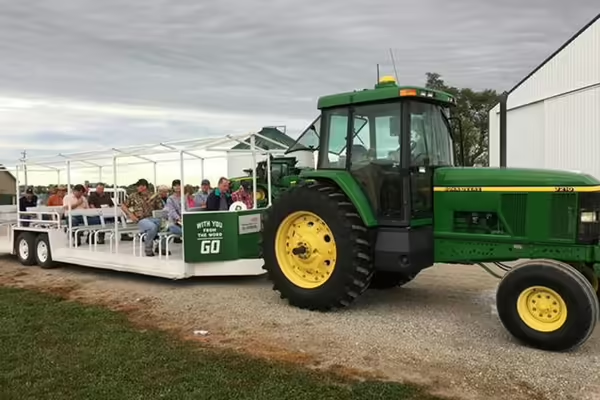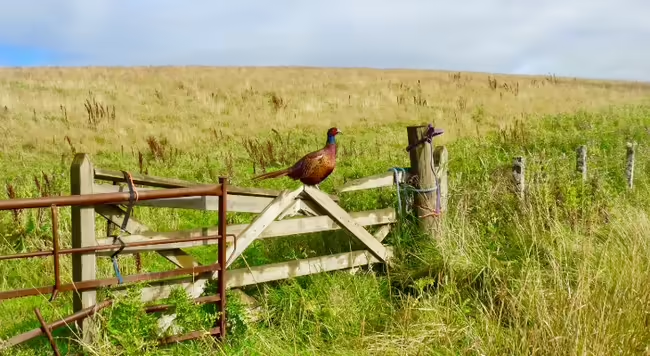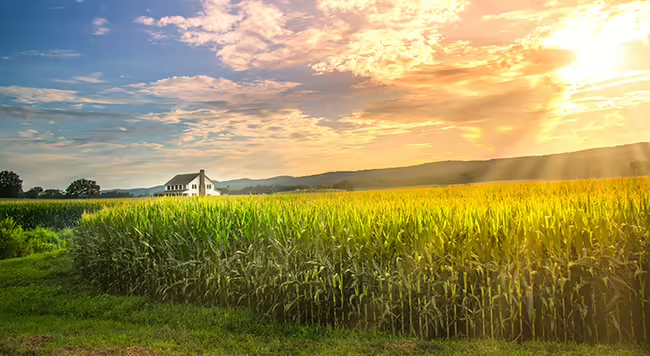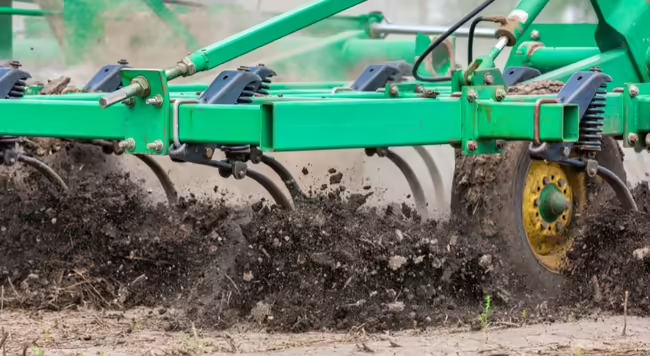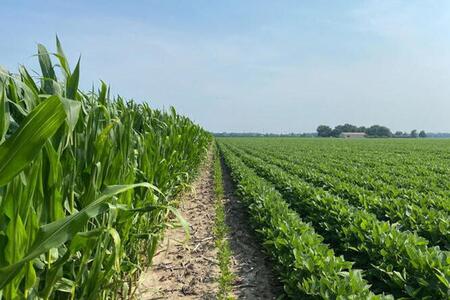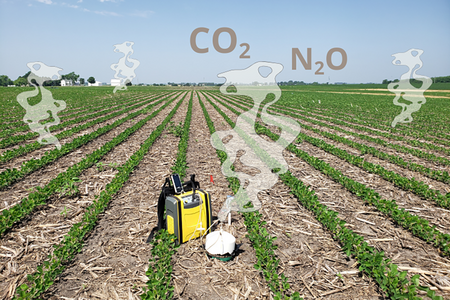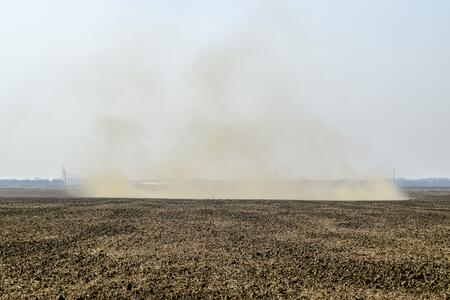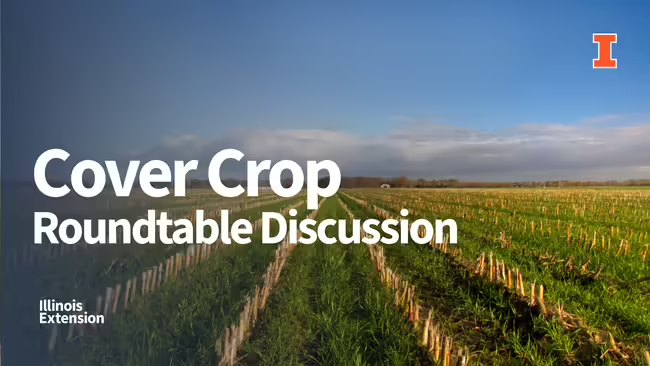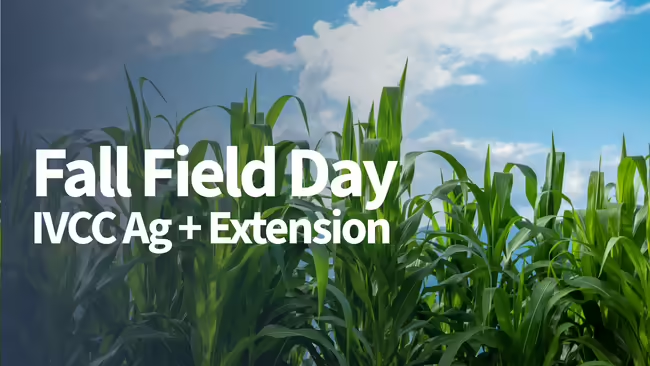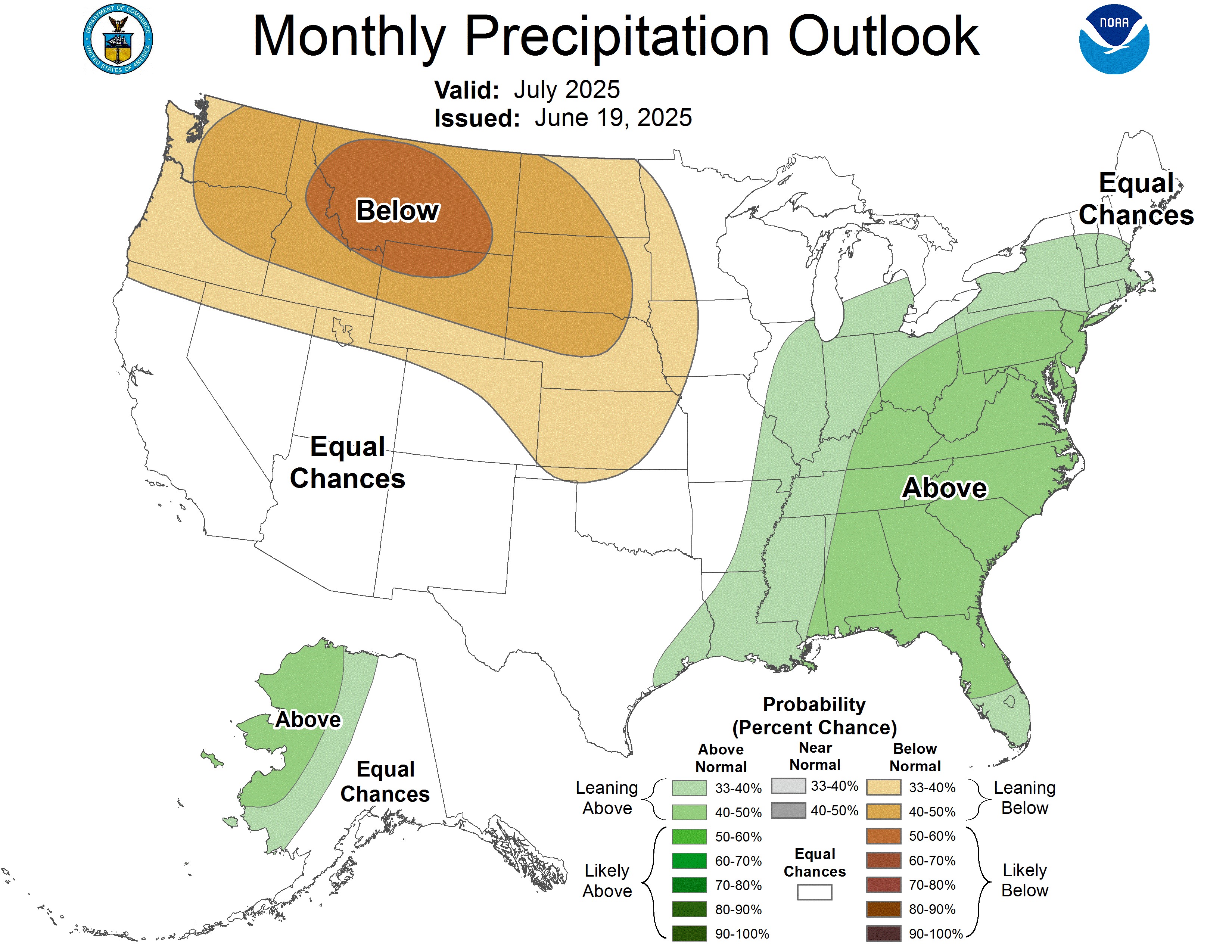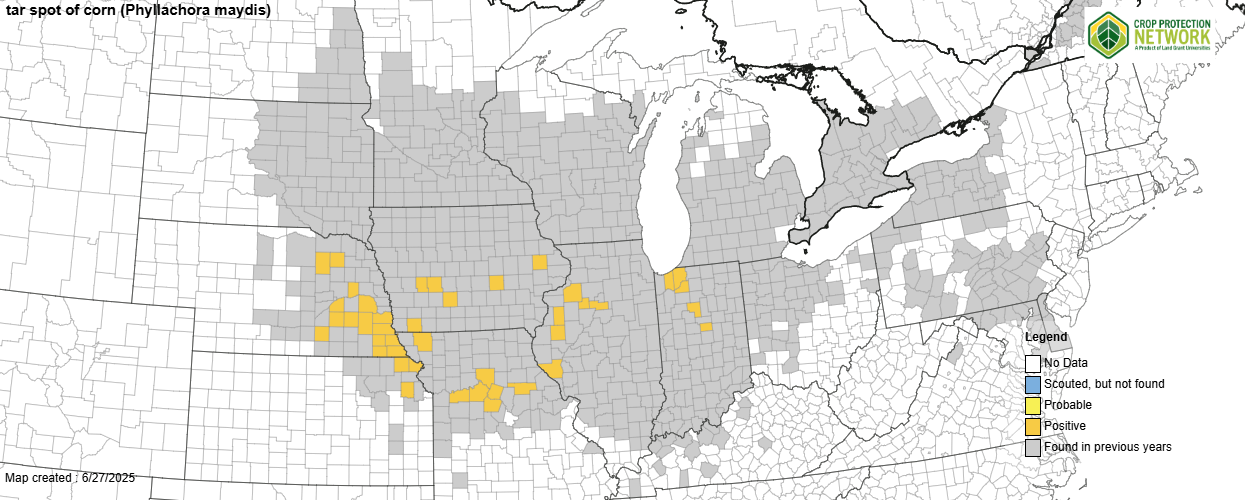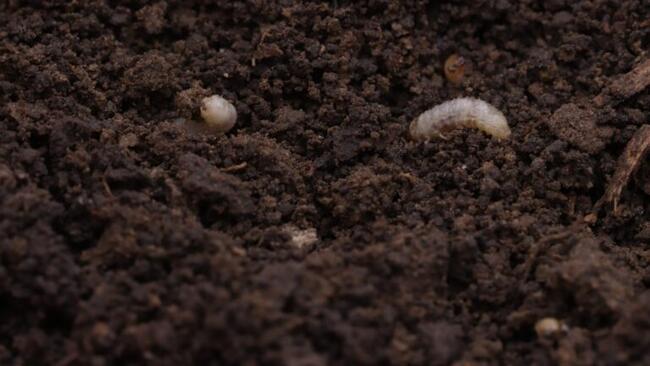Stay cool this summer!
Welcome to the July edition of the Bureau, LaSalle, Marshall, and Putnam Ag Newsletter! The growing season is in full swing as we look forward to the July 4th holiday weekend. This newsletter features important updates and resources as the growing season progresses. Subscribe to our email list or follow our Facebook page to receive updates on field conditions, emerging disease and pest concerns, and more!
Emerging issues:
Monthly Precipitation Outlook - July 2025
NOAA’s National Integrated Drought Information System (NIDIS) is hosting a new series of bi-monthly drought webinars designed to provide stakeholders and other interested parties in the Midwest with timely and relevant drought information and resources. The first webinar will take place on August 7. Register here.
Managing Phytophthora crown and stem rot in soybean
Soybean Phytophthora root, crown, and stem rot is one of the most significant diseases affecting soybean production worldwide. Multiple species of Phytophthora, a group of related soilborne pathogens, can infect soybean and cause primarily root rots while Phytophthora sojae causes root, crown, and stem rot, resulting in more severe symptoms and increased yield loss. In the state of Illinois, it ranks among the top yield-reducing diseases, following white mold and soybean cyst nematode (SCN). Across the state, Phytophthora has been diagnosed in nearly all counties, with higher prevalence in regions of intensive soybean production.
Managing Phytophthora sojae in soybeans requires an integrated strategy:
- Resistant Varieties – The most effective approach. Use soybean varieties with Rps genes (like Rps1c, Rps1k, Rps3a, or Rps6), but rotate genes to avoid resistance breakdown Link.
- Moisture Management – Improve drainage using tiles or proper tillage to reduce favorable conditions for the pathogen.
- Seed Protectant – Essential for early-stage protection. Effective fungicides include mefenoxam, metalaxyl, oxathiapiprolin and ethaboxam Link. Rotating active ingredients can reduce the possibility of resistance.
- Crop Rotation – Reduces inoculum over time but must be used with other tactics due to long-term survival of the pathogen.
- Field Monitoring – Regular scouting after rains helps detect the disease early for future planning Link.
Tar Spot reported in Marshall and Bureau Counties
Tar spot is caused by the fungus Phyllachora maydis. Tar spot is still a relatively new disease in the United States and Canada and tracking its past and current distribution can help us learn more about the disease. If tar spot has been confirmed in a county, this should encourage you to scout your fields for this disease. A confirmation of tar spot does not mean the disease is severe or a fungicide application is needed. For more information about management of tar spot, please read An Overview of Tar Spot. The movement of tar spot can be tracked on the Crop Protection Network website. Tar spot was confirmed in Marshall County on June 26, 2025 and was confirmed in Bureau County (pending addition to the map) on June 25, 2025.
Grape Colaspis injury seen in Champaign County
Illinois Extension Entomologist Nick Seiter recently observed severe grape colaspis injury in Champaign County. Grape colaspis beetles are an insect pest that can feed on both corn and soybean, though they are seen most commonly in corn. Economically significant damage is rare. The larvae feed on the root system. The damage causes reduced water and nutrient uptake. Grape colaspis feeding presents as stunted plants that show P-deficiency symptoms (purple leaves). Damage is most often seen at the high points of fields, usually in fairly isolated areas. If you see this type of injury above ground, dig up the plant and see if you can find the larvae (which resemble tiny white grubs).
USDA rescinds federal restricted use pesticide recordkeeping requirement for private applicators
The USDA recently rescinded a rule that required all private applicators (those who apply pesticides to their own land) to keep records of their restricted-use applications. While the rule takes effect on July 11, 2025, you should continue keeping detailed records. Other state and/or federal regulations remain in effect and may require you to keep similar records. Also, there is nothing wrong with keeping more detailed records than the law requires. Many applicators view their pesticide records as a good “insurance policy" against false accusations. Although it is not required in Illinois, recording (on-site) wind direction and speed during the application is a good idea and may be helpful should you find yourself in the middle of a drift complaint.
Research updates:
Phosphorus and Potassium tool in development by U of I researchers
Researchers at University of Illinois are developing a no-cost and confidential online tool aiming to provide farmers with phosphorus (P) and potassium (K) recommendations. This project began in 2022 with on-farm trials to hone in recommendations that account for different soil types, farming practices, and weather conditions. Farmers are now invited to try the tool and provide feedback so researchers can refine it to better meet the needs of Illinois farmers. For more information see this flyer. If you would like to try the tool for yourself please contact local Extension staff at emhansen@illinois.edu or 815-224-0896.
New corn and soybean management guides for 2025
Our updated fact sheets cover everything from variety selection and planting to pest and disease management.
University of Illinois Soils Lab seeking on-farm cooperators for new study
Phosphorus and Potassium Omission Trials to Validate CSTV. Includes $1000-1500 stipend per field per year and extensive soil testing (valued at over $16,000 per trial).
Illinois Centennial Soil Archive Project
Soil samples dating back to 1899 were recently discovered stored in a barn at the University of Illinois. This study seeks to resample the original locations to determine how soils have changed over time. See if your farm is one of these locations!
Collect ticks and help researchers study their movements
Help us to know if tick numbers are truly increasing by collecting them anytime you or family members, including pets, venture outside. This program aims to map where ticks are found, identify the pathogens they carry, and help prevent the spread of diseases.
Additional resources:
Farmers, we understand the rapid pace of federal policy changes can be overwhelming. To stay informed with research-based updates, we recommend following farmdoc on their website and YouTube channel for daily posts and videos. Farmdoc provides analysis, tools, and data to help Illinois’ farmers better manage their farm businesses.
Busy in the field but trying to eat healthy? Local Nutrition & Wellness educator Susan Glassman has you covered! Check out her guide for Quick and Healthy Meals On-The-Go.
To learn more about our upcoming programs and events:
Follow us on Facebook!
Check out our website!
Follow Field Notes blog!
Join our email list!
As we continue to develop new local ag programs, your opinion matters to us. Fill out our program preference survey to let us know what you want to see!
